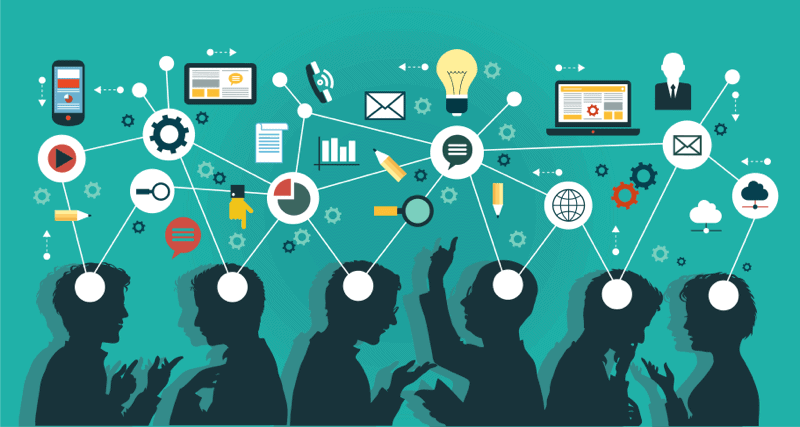Customer behaviour is changing rapidly. For instance, a majority of music consumption today is through streaming devices, MP3 files and satellite radio. Gone are the days of listening to traditional AM and terrestrial FM radio. Now, 42% of people prefer listening to their favourite tunes on mobile phones to other devices.
Similarly, television no longer commands full attention of customers. 90% of people use multi-screens sequentially. “Time-shifted” (DVRs or video-on-demand) and “device shifted” (television, laptops, tablets or mobiles) video viewing are currently most popular mediums (48%) in the US alone.
source
What was popular a year ago or two years ago holds zero significance in April 2016. This is the beauty of our fast-paced digital world. However, at the same time, the accelerated environment has posed a serious problem to marketers and brands.
They now have to constantly explore different avenues to amp up the customer engagement and maintain the overall value of their products and services. But that’s just one way. Is the information enough to create an entire marketing plan? We don’t think so.
Adding to this, here are three fresh data findings on customer behaviours in the digital space:
1. The use of mobile is at its prime
Mobile is no longer an emerging channel. It is seen as a platform to shop, socialize and to communicate by customers. It is a necessity, and most brands have literally banked on this obsessive need.
The craze for all electronic gadgets such as smartphones and tablets has grown exponentially in the past few years and we have data to prove this:
- 45% of smartphone shoppers use their phones to compare prices.
- 34% of them shop online while browsing in stores.
- 21% of customers own a tablet.
- 47% of smartphones have unlimited data plans.
On the communications front, mobile phones have eradicated landlines – which were quite popular among people in the age group of 55 to 64 years. However, it is not the same case anymore.
The latest infographic by The Shelf, an influencer marketing platform, recorded how customers were influenced by various digital platforms to make purchases during Valentine’s Day. 25-34 year olds spent the maximum on V-Day gifts, followed by 35-44 year olds and then 18-24 year olds.
2. Social media is king
And customers have ensured it stays the same. Did you know that 88% of people use at least one social network? It is not a surprise given that every second person is either on Facebook, Tweeting or putting up selfies on Instagram.
Almost all brands are now actively using relevant social media platforms to up their game. Since social networking constitutes almost a quarter of all internet time of a customer, it is a wise move from a B2C point of view.
There are 6 kinds of social media users:
1. Conversationalists
They are interested in connecting with like-minded people and love sharing all aspects of their lives.
2. Aggregators
They are super active on social media. From Tumbling to Pinning – they seem to do it all!
3. Researchers
They will use the social space only from a professional point of view.
4. Learners
These people use social media to understand and acquire new skills.
5. Marketers
They are active users of social media – and mainly use the services to market.
6. Lurkers
These people rarely contribute. They are on social media just for the heck of it!
Customers now have a lot of power in their hands on social media. They are less tolerant about what they don’t like on social media than they were a few years ago. They are not loyal anymore. If they like a brand more than yours, they will move on in a blink. Customers decide what is brilliant and what is not. They take the final call. No brand ccan take thi power aw
source
3. Integration of online and offline sales channels
All platforms – online and offline – are now fluid. Driving dialogue between the brand and customer has become easy. Customers can not only check the prices and product descriptions online but also locate the nearest physical store and go there to pick the selected product.
Mobile apps today drive this buying route. In fact, they have become popular because of the message content, sales vouchers and personalized deals offered to individual customers. Brands have leveraged their selling strategy against it and how.
Every customer is different and driven by personal preferences and interests. What works for one customer may not work for another. Wigzo, for instance, turns your data into predictive insights and suggests the best engagement channel for your marketing action. This way, you will always be a step ahead as far as predicting customer behaviour is concerned.

















